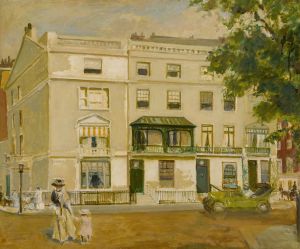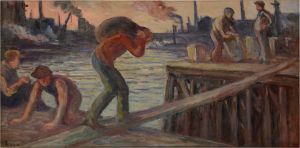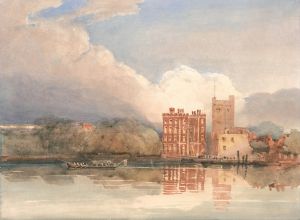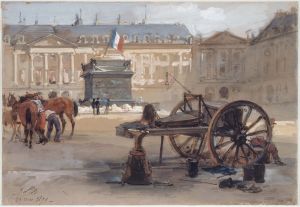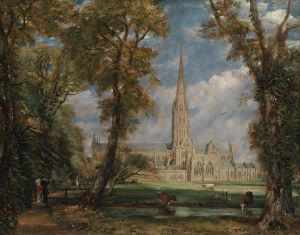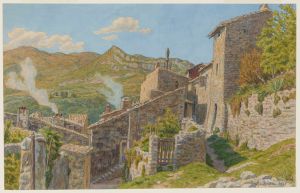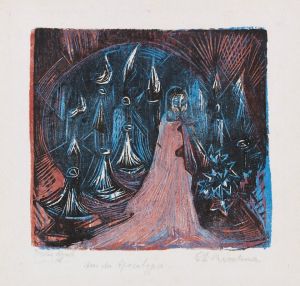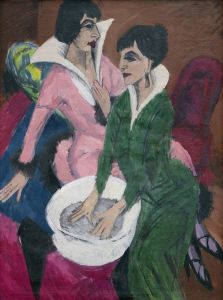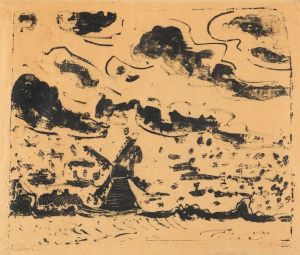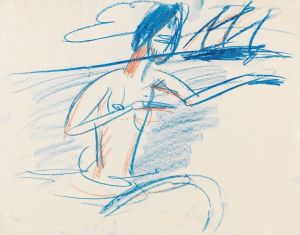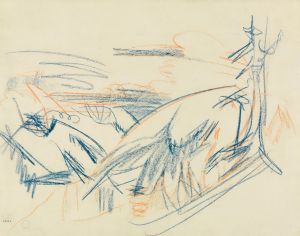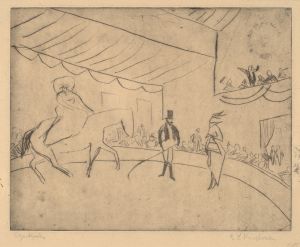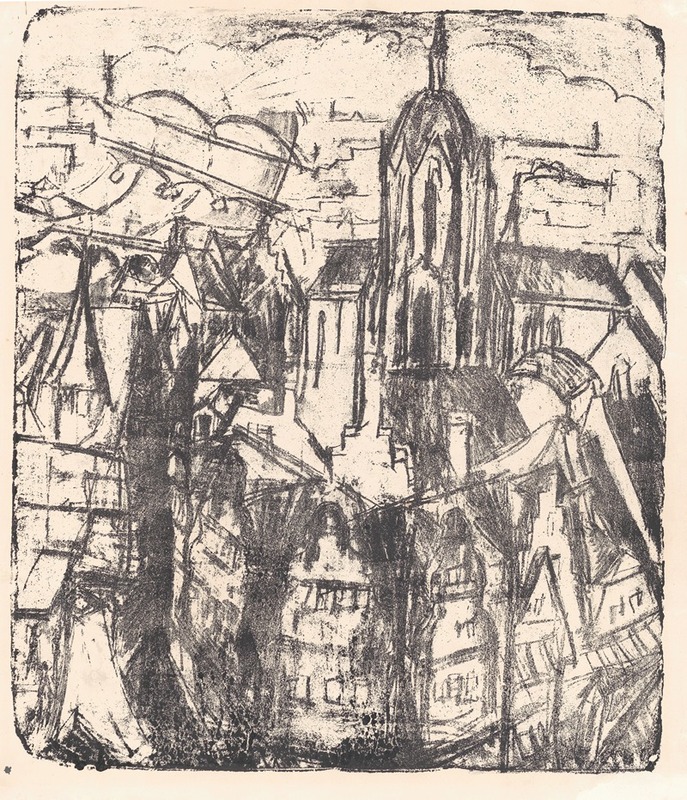
Frankfurter Dom
A hand-painted replica of Ernst Ludwig Kirchner’s masterpiece Frankfurter Dom, meticulously crafted by professional artists to capture the true essence of the original. Each piece is created with museum-quality canvas and rare mineral pigments, carefully painted by experienced artists with delicate brushstrokes and rich, layered colors to perfectly recreate the texture of the original artwork. Unlike machine-printed reproductions, this hand-painted version brings the painting to life, infused with the artist’s emotions and skill in every stroke. Whether for personal collection or home decoration, it instantly elevates the artistic atmosphere of any space.
Ernst Ludwig Kirchner, a prominent German expressionist painter and one of the founding members of the art group Die Brücke, created a wide range of works that reflected his innovative style and deep engagement with modern urban life and landscapes. Among his many works, "Frankfurter Dom" (Frankfurt Cathedral) is a painting that exemplifies his characteristic use of bold colors, dynamic forms, and emotional intensity.
"Frankfurter Dom" depicts the Frankfurt Cathedral, also known as the Imperial Cathedral of Saint Bartholomew (Kaiserdom St. Bartholomäus), a Gothic-style church located in Frankfurt, Germany. The cathedral holds historical significance as the site where Holy Roman Emperors were elected and crowned during the medieval period. Kirchner's interpretation of the cathedral is not a traditional or realistic representation but rather an expressionist reimagining, emphasizing the emotional and psychological impact of the structure.
In this work, Kirchner employs his signature techniques, including exaggerated forms, vibrant and non-naturalistic colors, and a sense of movement that conveys the energy of the urban environment. The painting reflects Kirchner's fascination with modern cities and their architectural landmarks, which he often portrayed in a way that captured their vitality and complexity. The composition of "Frankfurter Dom" likely includes distorted perspectives and angular shapes, hallmarks of Kirchner's style, which were intended to evoke a subjective and emotional response rather than a literal depiction.
The exact date of the painting's creation is not widely documented, but it is consistent with Kirchner's body of work from the early 20th century, a period when he was deeply involved in exploring themes of modernity, urbanization, and the human experience. During this time, Kirchner and other members of Die Brücke sought to break away from traditional artistic conventions, embracing a more expressive and avant-garde approach to art.
"Frankfurter Dom" is an example of Kirchner's ability to transform familiar architectural landmarks into dynamic and emotionally charged compositions. While the painting itself may not be as widely recognized as some of his other works, it remains a testament to his innovative approach to art and his contribution to the expressionist movement.
Further details about the painting, including its current location or specific provenance, are not readily available in public records. However, it remains an important piece within the context of Kirchner's exploration of urban landscapes and his broader artistic legacy.






